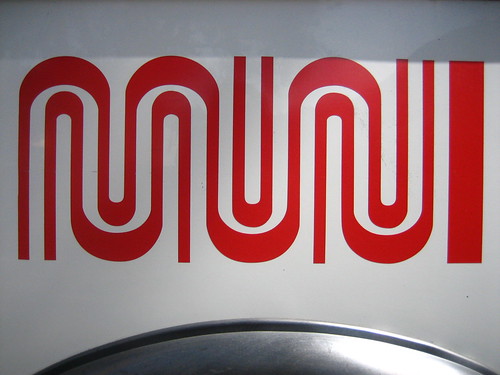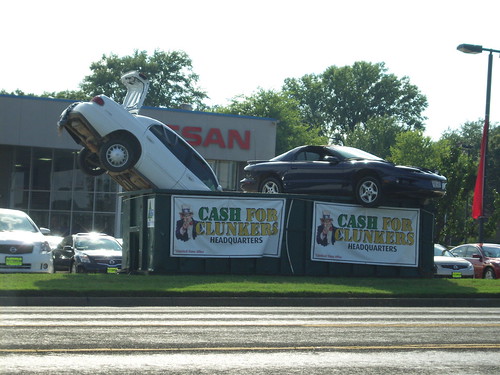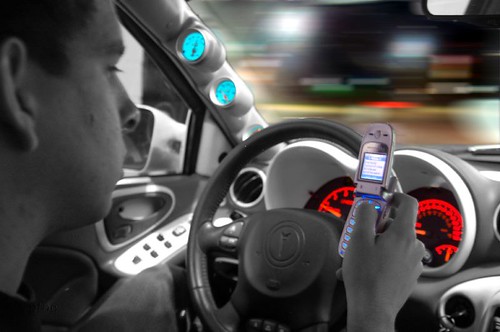Webinar Overview
TSAG Case Studies Workshop and Webinar
A Rural Emergency Incident
Utah US Route 163 Motor Coach Crash
Date: August 26, 2009
Time: 9:00 AM–12:00 Noon, Pacific Time (12:00 – 3:00 PM EST)
Cost: All T3s are free of charge
PDH: 3.0. — Webinar participants are responsible for determining eligibility of these PDHs within their profession.
Register On-line
Contact the T3 Administrator
Note: This workshop and webinar is a unique learning opportunity offered by the Transportation Safety Advancement Group (TSAG) and the ITS Professional Capacity Building Program’s Talking Technology & Transportation (T3) Program at the ITS Joint Program Office, U.S. DOT. The workshop will be presented to a live audience at the workshop location as well as to remote T3 webinar participants. T3 participants are invited to submit written questions before the Webinar as well as during workshop question and answer periods.
Webinar participants may attend remotely for any portion of the 3-hour workshop. An audio of the event’s proceedings, synchronized with its presentations, will be available in the T3 Webinar archives approximately 4 weeks after the workshop.
Background
The Transportation Safety Advancement Group (TSAG) is facilitated and administered by the Intelligent Transportation Society of America (ITS America). Through its Workshop series and related work, TSAG provides input to the US Department of Transportation (US DOT), ITS Joint Program Office’s public safety mission. TSAG advises the ITS Joint Program Office on the development and deployment ITS technologies that optimize travel mobility, safety, economy, and environmental quality. Through its broad based membership comprised of transportation and public safety professionals, TSAG initiates programs that promote inter-disciplinary, inter-agency and inter-jurisdictional coordination and cooperation, and that promote partnerships for advancing surface transportation services technologies. For more information, visit the TSAG website.
TSAG operates through resources provided by the US Department of Transportation and serves its program mission in compliance with US DOT regulations, policies and specified contract provisions.
Utah US Route 163 Motor Coach Crash
On January 6, 2008, at about 3:15 p.m. MST, a fifty-six passenger motor coach with a driver and 52 passengers on board departed Telluride, CO, en route to Phoenix, AZ, as part of a 17-motorcoach charter caravan returning from a 3-day ski trip. The normal route from Telluride to Phoenix along Colorado State Route 145 was closed due to snow and the lead caravan driver planned an alternate route that included US Route 163/191 through Utah.
At about 8:02 PM, the motor coach, traveling southbound was descending a 5.6-percent grade leading to a curve to the left, 1,800 feet north of milepost 29 on U.S. Route 163. The weather was cloudy, and the roadway was dry. After entering the curve, the motor coach departed the right side of the roadway at a shallow angle, striking the guardrail with its right-rear wheel and lower coach body about 61 feet before the end of the guardrail. The coach traveled some 350 feet along the fore slope with the right tires off the roadway. The coach overturned, striking several rocks at the bottom of the embankment and came to rest on its wheels. During the 360-degree rollover, the roof of the motor coach separated from the body, and 50 of the 53 occupants were ejected. As a result of the crash, 9 passengers were fatally injured and 43 passengers and the driver received injuries, ranging from minor to serious.
Case Studies Workshop & Webinar Overview
Case Studies Workshop presenters will walk the audience through the details of the incident, including pre-crash, crash, and post-crash conditions and activities. The Workshop will focus on emergency response and management strategies and technologies, including communications between and among Police, Emergency Medical Services Utah DOT Transportation Operations personnel. Workshop presenters will discuss successes, failures and lessons learned and will highlight emergency response activities of local and regional emergency responders and will review operations strategies and technologies at the time of and in response to the incident.
Target Audience
Workshop participants include TSAG members, NRITS registrants, the T3 Webinar/ITS community, and other guests. Webinar target audience includes state and local public safety interests, including public safety managers and transportation operations, emergency communications, and emergency public safety practitioners. Additionally, private and academic and safety and technology research interests are encouraged to participate.
TSAG Case Study Workshop Concept and Purpose
The TSAG Case Studies Workshop concept targets case-studies of actual incidents or events associated with each of the eight (8) TSAG interest-community teams. TSAG communities of Interest include:
- Academic & Research
- Emergency Communications
- Emergency Management
- Emergency Medical Services
|
- Transportation Operations
- Fire and Safety
- Law Enforcement
- Technology and Telematics
|
Thus, through reviews of actual recent events, incidents, and first-responder experiences, Case Studies Workshops facilitate after-event discussions by multi-discipline and multi-agency professionals for the purpose of:
- Clarifying actual circumstances of the event / incident
- Reviewing established response protocols and procedures
- Reviewing public safety technology applications
- Identifying unique management and response circumstances and challenges
- Reviewing successes, failures, and lessons-leaned
The TSAG Case Studies Workshop & Webinar series is focused on the fundamental TSAG “technologies for public safety” TSAG mission.
Learning Objectives
The broad learning objectives of the TSAG Case Studies Workshop series include:
- Identify transportation-safety technologies and their real-time applications to operations surveillance and management
- Identify incident identification, emergency response and management
- Identify inter-agency and inter-discipline coordination and communications
- Learn of technology successes, failures, and lessons-learned
Federal Host:
Linda Dodge, Chief of Staff, US DOT, ITS Joint Program Office
Workshop Presenters:
John Leonard, Utah Department of Transportation
As Traffic & Safety Operations Engineer, John Leonard evaluates the operational characteristics of projects, and coordinates their safety and efficiency aspects with UDOT project teams to determine that operational safety objectives are addressed. He participates in project reviews and promotes consensus opportunities to enhance safety outcomes and best practices. John manages resource and training activity for UDOT regions, private contractors and headquarters leadership. Through application of Context Sensitive Solutions, he promotes enhancement of UDOT relationships with public interests and identifies enhancements to serve the needs of UDOT partners and external customers. John assisted the National Transportation Safety Board (NTSB) in their investigation of the Utah, Route 163 Motor Coach crash. He is a member of the Institute of Transportation Engineers and the National Traffic Incident Management Coalition.
Sergeant Jeff Nigbur, Utah Department of Public Safety
Sergeant Jeff Nigbur is the lead Public Information Officer for the Utah Department of Public Safety. He oversees public information activities for all divisions within the department, including the Utah Highway Patrol, State Crime Lab, Bureau of Criminal Identification, Utah Division of Homeland Security and State Fire Marshal, among others. Jeff has been involved with several high profile cases such as the Crandall Canyon Mine Disaster, Milford Flat Fire, the USU Van Roll-Over and other media awareness campaigns. Jeff received his Associates of Science degree in Criminal Justice in 2004 from Salt Lake Community College. He later earned a Bachelors degree in Criminal Justice Administration from the University of Phoenix. Jeff is currently a motor squad instructor, DPS dive team master diver, and a member of the Utah Department of Public Safety’s SWAT team.
Linda Larson, San Juan County, Emergency Medical Services
Ms Larson has been in the EMS field for nine years and is the Director of San Juan County EMS Bureau, providing EMS services to one of the largest Utah counties plus portions of the Navaho Nation in Utah. She also serves as Assistant Team Leader for the Utah Department of Health, Bureau of EMS southeastern EMS Strike Team. Linda had a key role in the 2008 Motor Coach crash, declaring the crash a Mass Casualty Incident and engaging multiple agencies and multiple evacuation strategies. She managed on scene medical coordination and transportation from surrounding counties and adjacent State agencies. Ultimately the incident involved 4 air transport teams from multiple states, and the activation of the State of Utah, Bureau of EMS Strike Teams and CISM Team.
Reference in this webinar to any specific commercial products, processes, or services, or the use of any trade, firm or corporation name is for the information and convenience of the public, and does not constitute endorsement, recommendation, or favoring by U.S. Department of Transportation.
|










